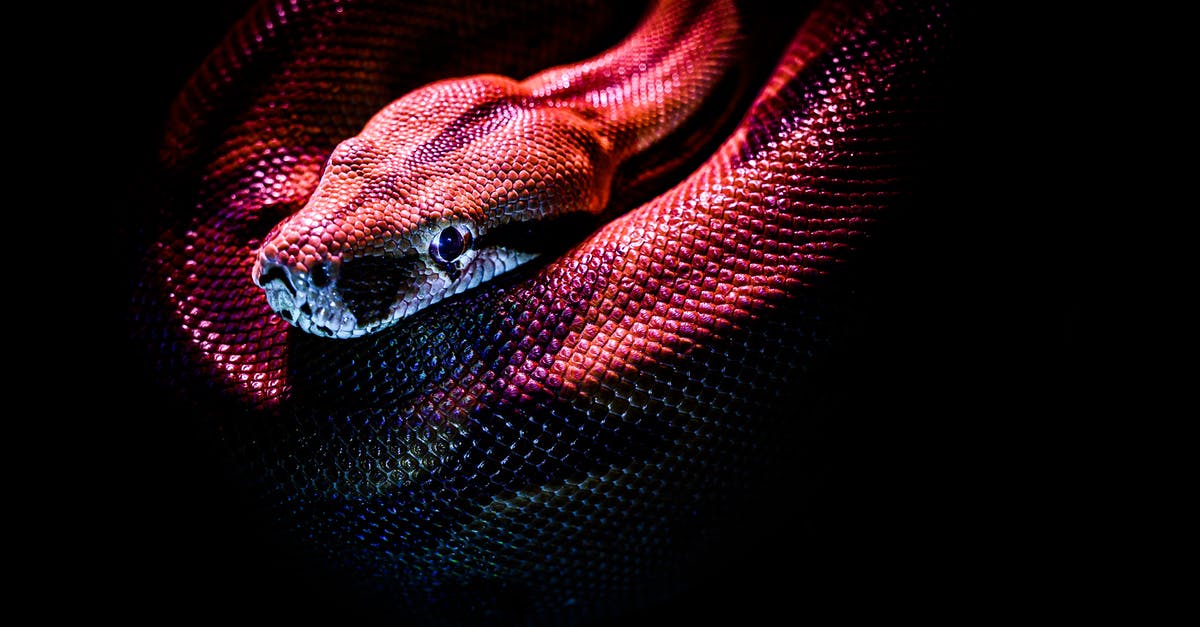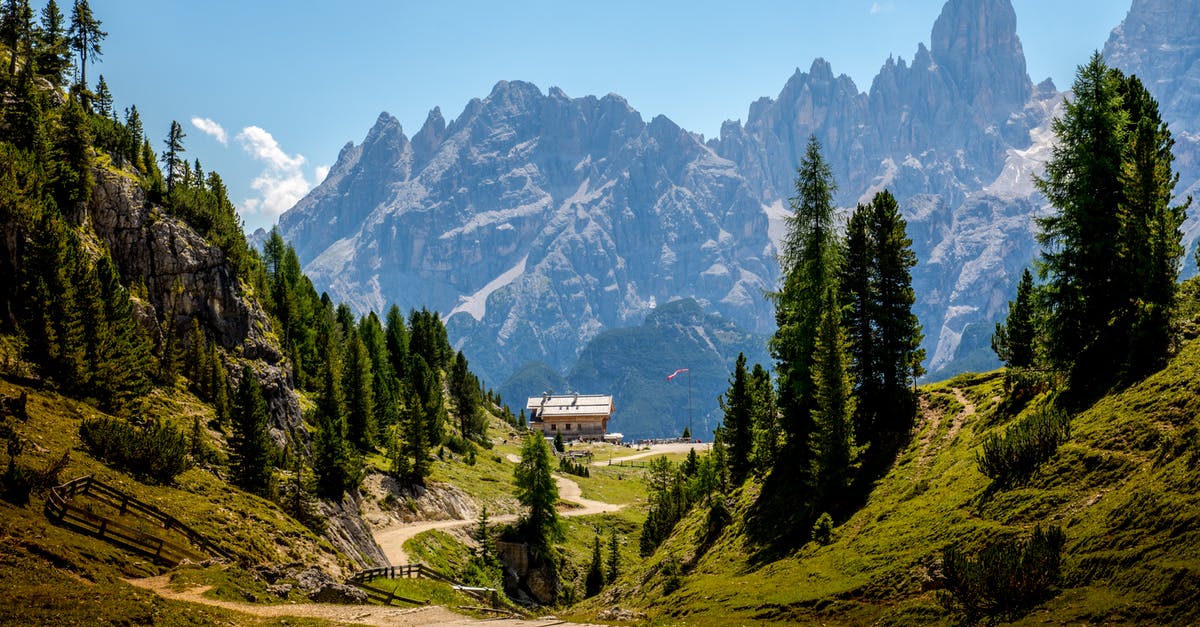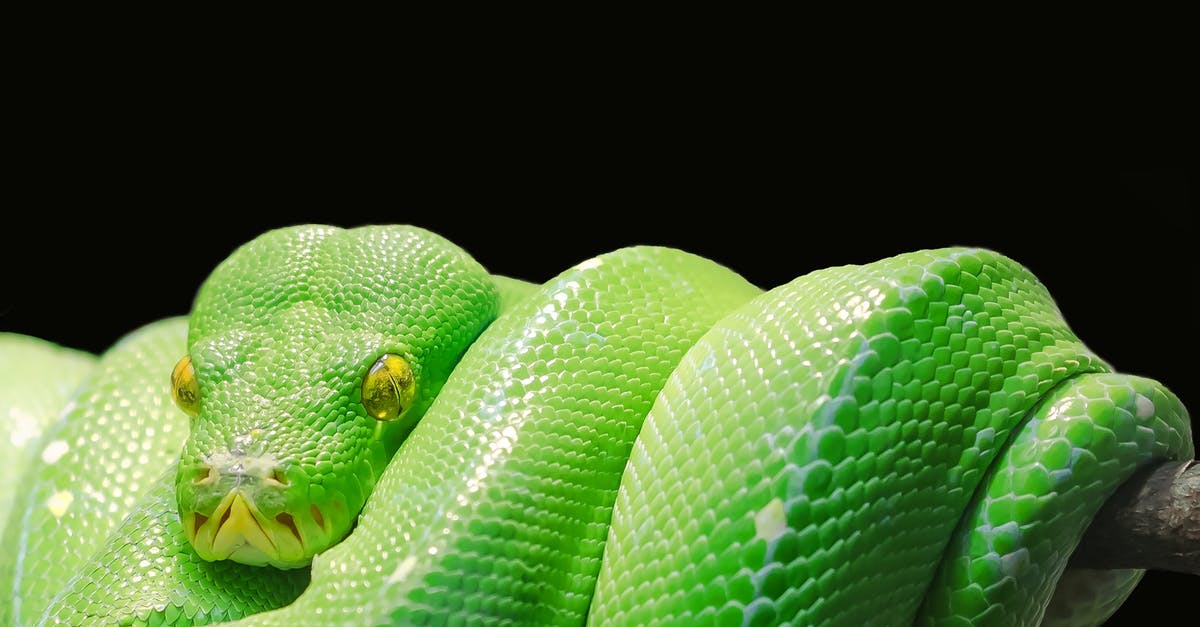How did Monty Python get away with airing nudity?

When watching Monty Python's flying circus it's hard not to notice that there is a lot of nudity, mostly topless women. I'm just curious about how they could have gotten away with airing this on TV in the 60s? Even though it was probably aired late at night, you would never see a completely topless woman on American TV today. Were they actually more liberal with censorship back then? Is there a difference between American and UK programming that I don't understand? Are the recordings I see today not actually what was aired?
I couldn't find any sources about this online. Unfortunately if you google "Monty Python nudity" you just get stuff about the episode Full Frontal Nudity.
EDIT: The episode that made me think of this question is S1E6 It's The Arts. At 14:30 you get about 15 full seconds of a topless woman working as a shop keeper. Of course there are plenty of other instances of nudity that are paintings/drawings or are very brief. This is the first scene I noticed that really stood out.
Best Answer
Is there a difference between American and UK programming that I don't understand?
Yes.
Broadcast television in the UK is subject to a "watershed". Essentially "more adult" content is allowed after 9pm, when it assumed that children will not be watching. Additionally, in the UK (and Europe in general) nudity (especially non-sexual) is much less of a taboo than in the US, largely due to the latter's more extreme/puritanical religious groups.
For example Rome (a joint BBC-HBO production) was happily broadcast on BBC2, with no censoring nor public outcry.
This cultural difference certainly goes back to the '70s, though evidence for that is lot harder to definitively point to on the Internet.
Here is what the UK broadcast regulations say about nudity:
1.21 Nudity before the watershed, or when content is likely to be accessed by children (in the case of BBC ODPS), must be justified by the context.
That's it. Nudity after the watershed (excepting R18 material or material "which is broadcast for the primary purpose of sexual arousal or stimulation") has no restrictions.
In comparison, the US regulations (well, a consumer guide to them - I cannot find the formal regulations) say:
For content to be ruled obscene, it must meet a three-pronged test established by the Supreme Court: It must appeal to an average person's prurient interest; depict or describe sexual conduct in a "patently offensive" way; and, taken as a whole, lack serious literary, artistic, political or scientific value.
Indecent content portrays sexual or excretory organs or activities in a way that does not meet the three-prong test for obscenity.
Broadcasting obscene content is prohibited by law at all times of the day. Indecent and profane content are prohibited on broadcast TV and radio between 6 a.m. and 10 p.m., when there is a reasonable risk that children may be in the audience.
Note that between those restricted hours there is no exemption for context, such as in an educational or arts programme.
Compare also the UK film criteria for a 12A rating
There may be nudity, but in a sexual context it must be brief and discreet. Sexual activity may be briefly and discreetly portrayed.
with the nearest US equivalent PG-13 rating
More than brief nudity will require at least a PG-13 rating, but such nudity in a PG-13 rated motion picture generally will not be sexually oriented.
The US ratings are similarly more restrictive on most other content categories.
A comparative essay on the subject (though by an unqualified student):
https://www.ukessays.com/essays/media/television-censorship-comparison.php
Pictures about "How did Monty Python get away with airing nudity?"



John Cleese Naked Dance
More answers regarding how did Monty Python get away with airing nudity?
Answer 2
I'm going to attempt to push the beginnings of an answer to this - without external refs [those may come later]...
The world in 1969 was a different place to today. "Pushing the boundaries" was happening globally in the light of the Beatles, Hippies, [drugs], the Summer of Love, Flower Power, "women's lib" etc etc etc...
The UK has always had different rules to the US as regards 'adult-oriented' entertainment, but this was the 60's... 'unabashed nudity' was a bit of a new privilege, something previous generations hadn't had, & people were trying to make the most of it. This was a huge cultural change.
The BBC established a 'watershed' - a time by which it was judged all good children would be in bed & the audience were more capable of choosing their content for themselves. This watershed idea stands to this day; even on TiVo type services where you can watch anything at any time, there is child-protect by PIN before the actual watershed time.
In the UK, a new channel had just opened - our third. That's not a typo, until then the UK had just two channels, that was it.
BBC2 had a new look - it was in colour[1]; and a new brief - it was more concerned with 'art' than 'popular culture'.
Its raison d'être was to be new, fresh, exciting, not 'establishment' [though it was, of course, still owned by the 'establishment'... you can't have everything]
Monty Python was an early attempt by the BBC to allow 'anything goes' - and though they did have guidelines, they weren't hide-bound in the same way as the other two channels. They were there to be daring, to be... ermm... 'zany, whacky, off-the-wall' & above all.. challenging.
In the late 60's one way to be challenging was to almost show nudity. To threaten to show it, or show it so fast that if you blinked you missed it. [No video recorders back then]
British comedy cinema was also at the time doing the 'brief flash' type topless glimpse - famously in Carry on Camping. These days, if you pause the video, you do actually get to see approximately 2 frames of Barbara Windsor's nipples... not all that exciting to a modern audience, but quite risqué for its time.
Society has changed a lot since then, but over the late 60's, early 70s eventually more & more nudity managed to sneak onto British TV.. However, it became passé, eventually we'd all seen it & something else had to replace that titilation.
In the 70's it was violence, in the 80's bad language... eventually it actually took US cable TV to say 'c*nt' for the first time on air [Deadwood, HBO, to save you having to look it up]... but by then the journey was almost over.
The pioneers had done it - differently in different countries, but the world had changed.
New things are now controversial, Game of Thrones or Henry VIII gets out more bare flesh in a single episode than the entirety of the 60s & no-one is really bothered too much any more.
From comments - the UK has never really subscribed to the "family values" pressure group structure [in TV or anything else]. The closest we got was a woman called Mary Whitehouse who was trying, at some times it seemed single-handedly, to keep Britain 'clean'.
To most, including television's Spitting Image & The Mary Whitehouse Experience, she was a figure of ridicule.
[1] More than it being in colour - the existing 2 channels were black & white only - it was on a new waveband, UHF rather than VHF & 625 lines PAL rather than the old 405 line system. [The UK never adopted the US/Japanese NTSC broadcast system, deeming it too poorly-specified (which honestly it was)]
People had to buy a new TV to even see BBC2 at all.
Sources: Stack Exchange - This article follows the attribution requirements of Stack Exchange and is licensed under CC BY-SA 3.0.
Images: Jan Kopřiva, Pixabay, Pixabay, Tatiana Syrikova
